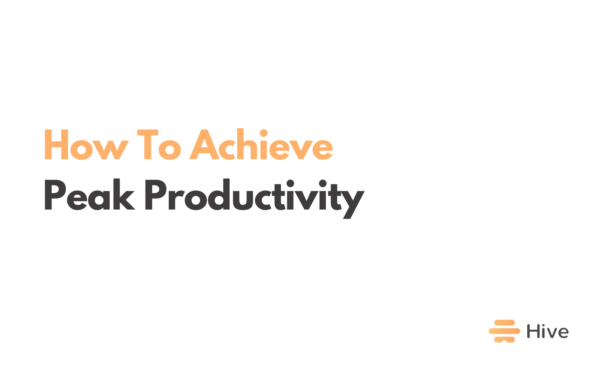In today’s fast-paced world, it takes a great deal of self-discipline and focus to successfully complete tasks and meet goals.
People attempt to improve their productivity in different ways. Some focus on managing time — others on creating better work habits.
Many people turn to technology to streamline work processes and increase efficiency. Regardless of the methods you choose, it all comes down to specific tasks we focus on daily.
Fundamentally, no two tasks are the same. Some are inconsequential (have little or no impact on the outcome we expect), but they have a large impact on our stress levels, workload, and ability to get things done. Others are significant and move us closer to our goals.
What we focus on daily determines whether we feel overworked, rushed, tired or fulfilled at the end of each day.
There is a massive difference between the level of effort and the level of impact of a task. The level of effort denotes the time and resources you need to exert to complete a specific task. It reflects on how much time and effort you spend on a task.
Whilst the level of impact denotes the potential impact of a task. It also indicates how much influence the task will have once it’s done.
When it comes to peak productivity, there’s a difference between working hard or longer and producing great results. It’s not just about the level of effort you put into your work; it’s also about the impact of your tasks.
“The key is not to prioritize what’s on your schedule, but to schedule your priorities,” says Stephen Covey.
To improve your personal productivity, you need to identify which activities are having the greatest positive impact on your goal and which are having the least positive impact on your goal.
Measuring impact and level of effort can help you weed out those unimportant tasks so you can focus your energy on things that have the most significant positive impact.
To get more things done effectively and efficiently, ensure both task impact (importance of doing something) and task effort (how much time it takes to do a specific task) contribute to the end goal. Task impact and effort are essential for getting the most out of your workday.
Identify and measure high and low-value tasks
In an ideal world, people would know exactly what they should be working on at any given moment to focus their energy on the most important and valuable tasks to accomplish their goals.
In reality, this isn’t always the case.
If you’re not measuring your work or tracking your activities, you likely have no idea where you’re spending your time or what kind of return on investment you get from the time you invest in any given activity.
To get more things done, it pays to measure your effort — track your actions. This can be as simple as tracking your time or as complex as using a productivity app to manage your tasks.
Whatever method you choose, keep track of how much time you spend on every task and its impact on your goal. This will give you an accurate picture of how much progress you make daily or weekly.
Measuring progress against goals can help you focus on the right things.
Getting things done requires a level of effort — both in terms of time spent working on tasks and overall energy and focus put into completing those tasks.
Measuring almost everything is how you know if you are wasting time or making real progress. It’s also a great way to determine what tasks to repeat on purpose.
Here’s a simple way to get started.
First, identify your long-term goal. You could break the big goal into weekly outcomes. Then decide what you want to track to get the result you expect.
Ask yourself, “Which activities do I want to be more intentional about?” Then, identify the key metric you’ll be keeping track of. The most popular metrics are time and tasks.
For example, you can focus on how long you spend on tasks every day. You could also track how many high-value tasks you complete every day.
To measure impact, consider which metrics matter most to your goal. If you’re tracking effort, ensure you’re tracking the right thing.
For example, if your goal is to write ten pages of content per week, you could use a word count tracker app to measure how many words you are writing in a specific time.
Evaluate your results daily or weekly. And do more of what’s helping you achieve your long-term goal.
When you’re more productive, you have more time to pursue other interests and activities, as well as get work done in a shorter amount of time. Getting things done is about identifying the tasks that best use your time and meeting your goals as efficiently and effectively as possible.
Peter Drucker was right when he said, “Efficiency is doing things right; effectiveness is doing the right things.” You can achieve peak productivity if you focus on the right tasks and use your time effectively.
You can get more done in less time and with fewer resources when you start measuring the level of impact and effort of your tasks.
Be more deliberate about getting things done. Start with why. Your time is limited; prioritize first. Use productivity tools wisely. And get your high-value tasks done when you are most energetic and mentally alert.
This article originally appeared in Medium.





